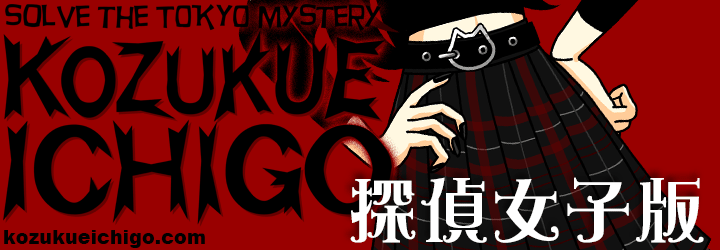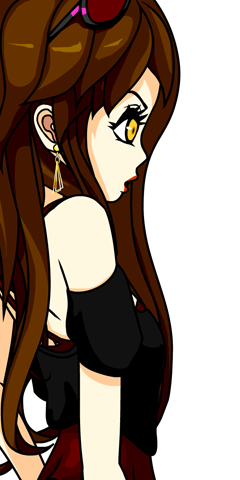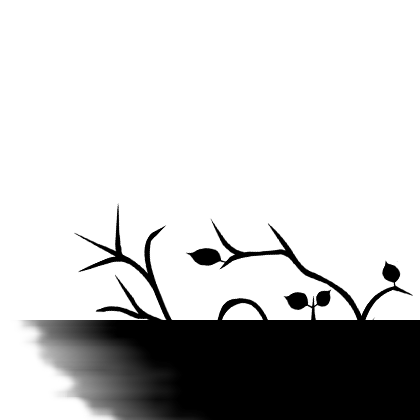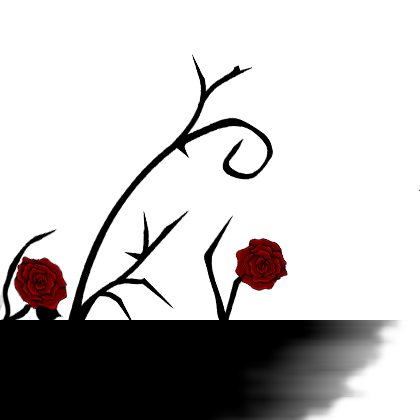
- There is the place name called Daita in Setagaya-ku.
- Daita bashi station?
- Setagaya Daita?
- In old days. Here was the Daita Village.
- Why is it the name called Daita?
- Well.
- Rice field?
- It is the Daidara-bocchi.
- What is it?
- Daidara-bocchi is the giant in Japanese mythology.
- Who said it?
- Folklorist of the Meiji era Kunio Yanagita said.
- Who is he?
- The notable person who checked a Japanese legend.
- The footprint of the giant is left in Setagaya-ku.
- I can't believe it.
- What is the legend of Daidara-bocchi?
- He made the Japanese topography.
- He piled soil and made Mount Fuji.
- The hole which he dug became Lake Biwa.
- It is wrong.
- Mount Fuji was made by eruption.
- He sat in Mount Akagi and washed his foot in Tone River.
- It is the fiction of the old days.
- The hollow and lake of Japan are Daidara-bocchi's footprints.
- Is there the large hollow in Daita?
- Let's look for it.
- This station is Daitabashi.
- Daitabashi means the bridge of Daita.
- Where is the bridge?
- There is the Tamagawa Waterworks.
- Does this river flow underground?
- It flowed on the ground in old days.
- They built a bridge over the river for Koshu Highway.
- That is the bridge of Daita.
- Kunio Yanagita found a big pond in this neighborhood.
- The pond was buried.
- The filled place becomes hollow.
- There is a slope.
- There is a difference in height.
- That pond's water runs in to the river.
- The river is in the low place.
- Is this road a trace of the rivers?
- I think so.
- The river flows to the south.
- This is the Inokashira line.
- Shimokitazawa Station.
- Surely here was a river.
- Get over the Odakyu line.
- There is the Shinganji River.
- Small River.
- The river was connected here.
- I'm tired from walking.
- Next, I'm going to talk about Meidaimae Station.


















































